 [In September 2015 I attended the second annual seminar presented by the American Photography Archives Group (APAG), about which I reported shortly thereafter. I found the event so substantial, convivial, thought-provoking, and useful that I volunteered my services to APAG president & founder Mary Engel and executive veep Grayson Dantzic to moderate a panel at the next iteration.
[In September 2015 I attended the second annual seminar presented by the American Photography Archives Group (APAG), about which I reported shortly thereafter. I found the event so substantial, convivial, thought-provoking, and useful that I volunteered my services to APAG president & founder Mary Engel and executive veep Grayson Dantzic to moderate a panel at the next iteration.
The result came in the form of a panel I moderated for the most recent seminar, held over the weekend of March 11-12, 2017. This panel, with the cumbersome but self-explanatory title “Organizing and working with archives: how to make them accessible for critics, curators, historians and researchers,” took place on the afternoon of March 11.
In addition to myself, it featured Maya Benton, curator of the Roman Vishniac Archive at the International Center of Photography (which hosted the event), and Douglas I. Sheer, co-founder of Artists Talk On Art, which recently placed its historic materials at the Smithsonian’s Archives of American Art. Below you’ll find the comments with which I opened the discussion.— A. D. C.]
Working with Archives:
A Critic, Curator, and Historian’s Perspective
by A. D. Coleman
I am not an archivist — though I am in the process of organizing my own accumulated work product for eventual deposit somewhere. I come to archives as a regular user thereof for my projects as a critic and historian, and as a sometime consultant or contributor thereto or commentator thereon. So that’s the perspective I bring to this panel, and the reason I have framed it as I have.
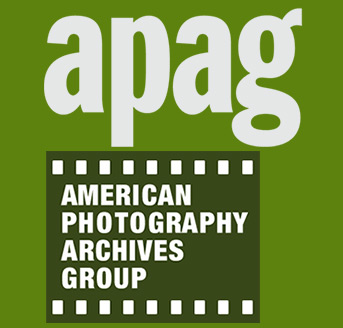 As a result, I approach any archive with a user’s wish list. At the far extreme of that list I echo the Picasso scholar Pierre Daix, who said that to be able to pursue any kind of thorough scholarship “You must have everything.”[1] Of course, “everything” is a pretty vague concept, but you get the point.
As a result, I approach any archive with a user’s wish list. At the far extreme of that list I echo the Picasso scholar Pierre Daix, who said that to be able to pursue any kind of thorough scholarship “You must have everything.”[1] Of course, “everything” is a pretty vague concept, but you get the point.
In one of the essays I asked Mary Engel to send you as advance preparation for this discussion, I referred to a distinction from general systems theory between a heap and a whole. The heap is an undifferentiated accumulation of stuff; the whole has one or more connective threads and organizing principles that give it structure, enabling us to make sense of it. When I come to an archive as a user I hope to find a whole — or, if not that, at least a complete heap to which my work, and that of other researchers, may provide connective threads and organizing principles.
•
Let me give you, very briefly, four examples of archives with which I have worked or on which I have consulted over the years.
• Somewhere in the late 1980s a woman photographer of my acquaintance asked me to stop by her studio so she could pick my brain. She was moving out of New York and getting rid of a lot of old stuff. She was then in her fifties, and had produced a series of notable book-length projects, hard-core documentary work for which she had embedded herself in tough situations and emerged with gritty, solid, insightful accounts of those experiences, in response to which she had (in my opinion) received far too little recognition.
I told her she should be working on a retrospective book and monograph that would position her as a serious contributor to the field of documentary, enabling her to place her materials with some archive. No, she replied, she had no time for that. She had plans for new books — on dogs, men, flowers, Ireland. And she was moving. So, against my advice, she threw out everything but her negatives and contact sheets and some exhibition-quality prints – all of her tearsheets from magazine articles, the maquettes for her books, correspondence with editors, the works. Now she’s back in New York, no more recognized for her substantial achievements than she was three decades ago, and not likely to ever get that, because she trashed just about everything a scholar or curator would need to make a case for her significance and her place in the medium’s history.
• More recently, in 1997, I worked with the William Mortensen archive at the CCP in Tucson. Between the late 1920s and the early 1950s Mortensen was the foremost American spokesman for and representative of the approach we call pictorialism in photography — loathed, for that very reason, by the then-ascendant practitioners of what came to be called the “purist” approach, exemplified by the Group f/64. However, pictorialism has been reemergent since the late 1960s, and Mortensen stands as a key transitional figure between its first flowering and its renascence. A prolific exhibitor and writer on photography, Mortensen ran a private school of photography in Laguna Beach, California for years, and had a deep influence on the field, not just nationally but internationally.
But the emerging establishment in photography, including Beaumont Newhall and Ansel Adams, despised him. So, at the end of his life in 1965, no one was interested in his materials, most of which simply vanished — prints, negatives, internegatives, notes on some of his patented inventions, manuscripts, correspondence. The CCP’s Mortensen Archive consists of mere fragments, sad scraps from which no truly full account of his life and work will ever emerge. Might someone uncover trunks full of those materials, squirreled away by some faithful devotee? Perhaps. But don’t hold your breath.
• By contrast, W. Eugene Smith shipped 44,000 pounds of material to the CCP when they acquired his archive. Pretty close to that “everything” desideratum, including his entire library and even a battered metal storage cabinet on which, in Magic Marker, he had scrawled an apology to his assistants for his abusive behavior. As it happens, while I worked on the Mortensen material a thought occurred to me, and I asked the CCP’s curator at the time, Terence Pitts, whether Smith had any of Mortensen’s books in his library. Terry came back a half-hour later to report that Smith owned no less than seven of Mortensen’s books, including duplicate copies of two of his how-to manuals on printmaking. This established a plausible line of influence that otherwise I would have had to present as purely hypothetical. That’s a small example of what you can do as a scholar with access to “everything.”
• As a last instance, I received a commission to write about the archive of a major American picture agency that had been acquired by an institution. I’m not at liberty to name the archive, but I can say that it wasn’t that of Magnum Photos. When I arrived on-site to inspect it, the institution’s director explained that the last person responsible for it before its sale had decided — without consulting with anyone — that the only important component of this archive consisted of its almost 300,00 black & white press prints. So he dumped everything else: the correspondence with photographers and clients, the ledgers, the index-card files they used to keep track of the prints. Before he did that, a researcher could have tracked the entire history of the agency, or zeroed in on how much, say, W. Eugene Smith made in 1950 from licensing through them, or exactly where and when a picture by Germaine Krull or any of the other 6000 photographers they represented over the decades had appeared. Now none of that is possible.
In short, to save some storage fees this archive manager had reduced an integral whole to a mere heap – an interesting and valuable heap, to be sure, but just a heap, never to be whole again.
•
So the first thing I want from you, as the person in charge of materials that you hope to place in an archive or as the person managing an archive, is to do no harm — to think long and hard before you throw anything away. And, preferably, to consult with people who understand and work with archives before you discard anything. Because you can’t possibly know, or anticipate, what I will find important when I get there. That old hairbrush might prove essential in establishing the photographer’s DNA. That sheet of paper with his or her fingerprints might help to validate the authenticity of a print. Don’t delete such things casually.
In that same essay I mentioned earlier I wrote,
… a commitment to taking photography seriously — whether one is a photographer, critic, curator, historian, archivist, or simple looker at pictures — begins with the recognition that the terms body of work and/or oeuvre in photography are to be reserved for those segments of a maker’s output that have been prepared for public presentation by the maker him/herself, or at least under his/her supervision. (Please note that they need not have achieved public presentation; an unpublished book dummy is nonetheless a redacted body of work.) Those redacted segments constitute the whole of a photographer’s body of work; the rest — no matter how much it may attract us — is merely part of the heap.
How are we to determine that portion of a photographer’s output that might constitute a body of work? By scholarship, simple scholarship. Any image published, exhibited, or sold under the maker’s name during his or her lifetime must be considered a part of the oeuvre; so, too, should be any images that did not reach the public but were clearly intended to — because they exist as finished, approved, exhibition-quality prints, or are included in book dummies or magazine layouts, or because the photographer’s papers and notes make it evident that public presentation of a particular image was intended, or at least hoped for. Furthermore, categorization and/or compartmentalization established or adhered to by the photographer (for example, distinctions between “personal work” and commercial, applied, commissioned or otherwise bespoke imagery) are to be respected through scrupulous annotation and clear labeling.
So the second thing I want from you is not to muddy the waters, maintaining a clear distinction between the photographer’s body of work and the mulch heap that built up during that photographer’s working life. Of course you can add to this any pertinent information drawn from your own conversations with the photographer and his circle of colleagues, friends, and family. But, as a critic and historian, my first responsibility — yours too, in my opinion — is to respect the photographer’s own decisions as to the importance and readiness for presentation of any piece of his or her work. To whatever extent possible, the archive should reflect that.
•
Finally, a word about what I call art widows and art widowers. I use this term categorically to identify a class that, in my experience, includes any relative or significant other of a deceased creative person who felt a deep emotional connection to the departed. Such individuals have a tendency to protect not only the physical materials left behind, and the intellectual property involved, but the cherished and often sacred memory of their source. For obvious reasons, this poses a problem for any serious scholarship.
I would suggest to you that, once any artist dies, his or work belongs to the world. You may own the physical works, and the intellectual property rights thereto, and I have no dispute with that. But what the work means, how I or anyone else may understand it, is and should be beyond your control, just as it was beyond the control of its maker. You do the work and its maker no service by attempting to censor interpretations of the work with which you or the maker might disagree. You’re certainly entitled to your own opinions. And you can help by correcting errors of fact and providing the maximum possible data and information. But you should have as your goal the enabling of a broad, free-ranging discourse grounded in the work and the related materials, including responses with which you disagree.
•
With that as prelude, and food for thought, let me briefly introduce our panelists, who will then tell you more about themselves and the archives with which they have worked.
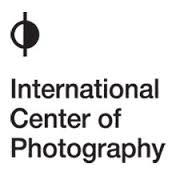 First we have Maya Benton, who works with ICP’s Roman Vishniac Archive. In an April 2010 New York Times article about her work on Vishniac’s images of eastern European Jewry before the Holocaust, Alana Newhouse recounted Benton’s first visit with Vishniac’s daughter and the executor of his estate, Mara Vishniac Kohn, who was 74 and living in Santa Barbara. “[Kohn] knew that Benton was approaching her father’s work with the utmost respect,” Newhouse writes. “The first time Maya came to work here,” Vishniac Kohn says, “she found a negative that was partially destroyed. She walked out the door into the garden and cried. It told me everything I needed to know.”
First we have Maya Benton, who works with ICP’s Roman Vishniac Archive. In an April 2010 New York Times article about her work on Vishniac’s images of eastern European Jewry before the Holocaust, Alana Newhouse recounted Benton’s first visit with Vishniac’s daughter and the executor of his estate, Mara Vishniac Kohn, who was 74 and living in Santa Barbara. “[Kohn] knew that Benton was approaching her father’s work with the utmost respect,” Newhouse writes. “The first time Maya came to work here,” Vishniac Kohn says, “she found a negative that was partially destroyed. She walked out the door into the garden and cried. It told me everything I needed to know.”
![]() Next we have Douglas Sheer, an old friend of mine. Doug is not in photography per se, but he has just finalized the placement at the Smithsonian’s Archives of American Art of the 40-year archives of the longest continuously running artists’ discussion group, Artists Talk On Art (ATOA), of which he’s a co-founder. That archive comprises video and audiotapes, still photos, slides of artists’ works, correspondence, records, memorabilia, etc., which Doug had primary responsibility for organizing, storing, and placing in a suitable repository. So he brings that experience to the table. …
Next we have Douglas Sheer, an old friend of mine. Doug is not in photography per se, but he has just finalized the placement at the Smithsonian’s Archives of American Art of the 40-year archives of the longest continuously running artists’ discussion group, Artists Talk On Art (ATOA), of which he’s a co-founder. That archive comprises video and audiotapes, still photos, slides of artists’ works, correspondence, records, memorabilia, etc., which Doug had primary responsibility for organizing, storing, and placing in a suitable repository. So he brings that experience to the table. …
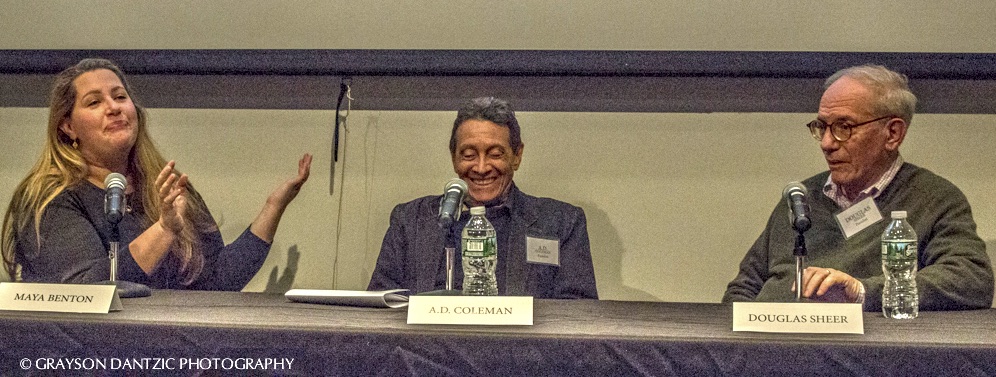
Maya Benton (left), A. D. Coleman (center), Douglas Sheer (right), APAG panel, 3-11-17. Photo © Grayson Dantzic.
APAG plans to post the audiotapes of the panels at the organization’s site, and I’ll notify readers when that happens. Until then, you’ll have to settle for my comments, the photos by Grayson Dantzic indicating that a good time was had by all, and my assurance that my co-panelists delivered some serious content as well.
•
[1] Daix was quoted on this subject in Sharon Waxman and Andrew Decker, “Picasso, Inc.: Pain and Profit,” ARTnews 94:7 (September 1995), pp. 114-15.
•
This post supported by a donation from John Gibbs.
•
This post supported in part by donations from
 Special offer: If you want me to either continue pursuing a particular subject or give you a break and (for one post) write on a topic — my choice — other than the current main story, make a donation of $50 via the PayPal widget below, indicating your preference in a note accompanying your donation. I’ll credit you as that new post’s sponsor, and link to a website of your choosing. Include a note with your snail-mail address (or email it to me separately) for a free signed copy of my 1995 book Critical Focus!
Special offer: If you want me to either continue pursuing a particular subject or give you a break and (for one post) write on a topic — my choice — other than the current main story, make a donation of $50 via the PayPal widget below, indicating your preference in a note accompanying your donation. I’ll credit you as that new post’s sponsor, and link to a website of your choosing. Include a note with your snail-mail address (or email it to me separately) for a free signed copy of my 1995 book Critical Focus!
 Donate now and I’ll include a copy of The Silent Strength of Liu Xia, the catalog of the 2012-13 touring exhibition of photos by the dissident Chinese photographer, artist, and poet, currently in her sixth year of extralegal house arrest in Beijing. The only publication of her photographic work, it includes all 26 images in the exhibition, plus another 14 from the same series, along with essays by Guy Sorman, Andrew Nathan, and Cui Weiping, professor at the Beijing Film Academy.
Donate now and I’ll include a copy of The Silent Strength of Liu Xia, the catalog of the 2012-13 touring exhibition of photos by the dissident Chinese photographer, artist, and poet, currently in her sixth year of extralegal house arrest in Beijing. The only publication of her photographic work, it includes all 26 images in the exhibition, plus another 14 from the same series, along with essays by Guy Sorman, Andrew Nathan, and Cui Weiping, professor at the Beijing Film Academy.


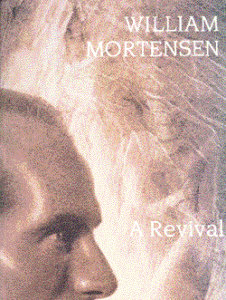
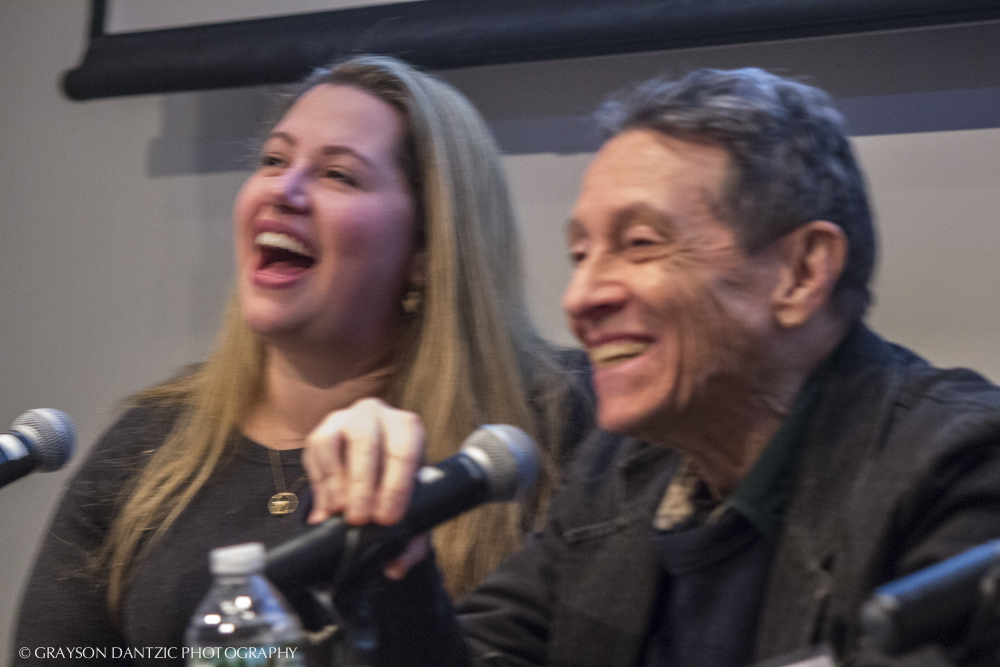
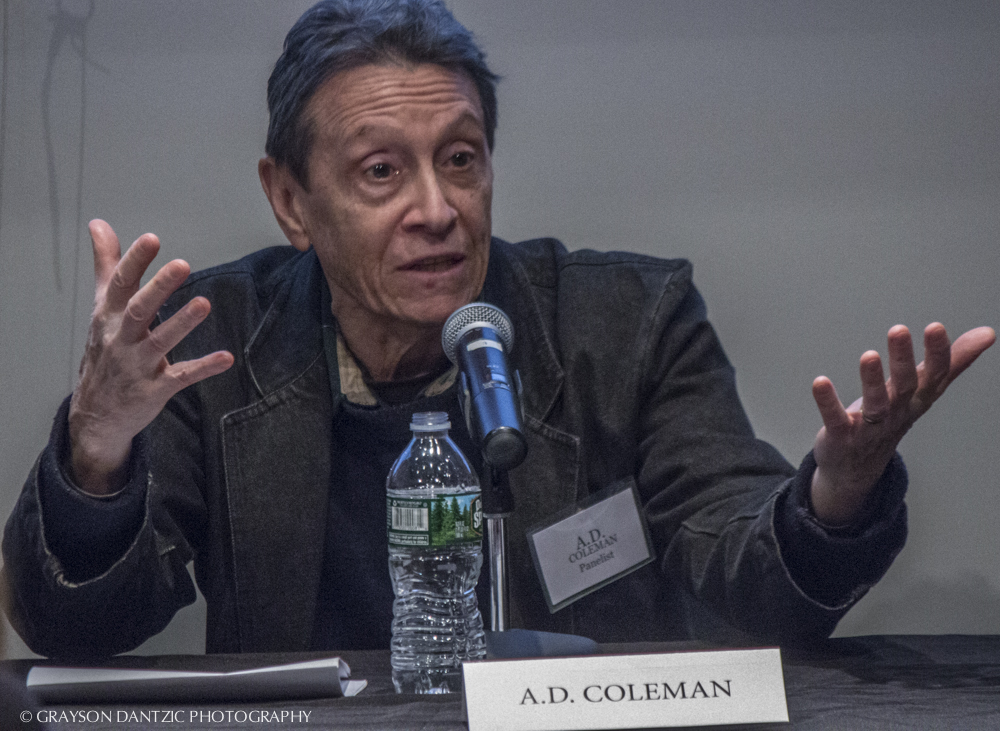




Great piece Allan, not only as inspiration to me professionally and personally but as a means to encourage several of my artist friends who are contemplating how to handle their archives. As I work on the history of 20×24 currently in doc film form but eventually a book, I realize that all of the materials I accumulate may have far more value than the film and book I am able to produce.
Good rundown A.D.
I learned about the importance of archiving one’s work too late. I had lost over 2 decades of my early work from a flood. Trouble with a lot of artists is they lack $ for big studios or proper storage. I’ve lost lots of my work in storage lockers / units and moves
A.D. your archives should go to some photo related institution.
Are you actively soliciting any institutions?
You could kick off at any time, no time to screw around and see your life’s work end up badly.
If you don’t get any interest from The Met, ICP, CCP or G. Eastman House start writing to the Special Collections of major libraries.
http://www.ala.org/tools/libfactsheets/alalibraryfactsheet22
NYPL Special Collections should be interested, although everyone always complains of space.
After the flood I now try to ‘place’ as much of my work as possible. I have no ‘loving family’ to archive my work when I die. Any extended family I have will trash all my photography in the nearest dumpster when I kick off…they hate my work.
But that is not anything new with humans. They all have different opinions when it comes to art. Sir Richard Burton’s translation of the ‘The Perfumed Garden’ was burned by his wife when he died. Well, that is the suffering of impermanence the Buddha heads talk about.
If nothing else, archives can be preserved though digital imaging. You had mentioned you put a lot of it on ‘Internet Archives.’ That is OK, but it is just once back up. With digital you need many back ups. Start putting your work on DVD’s and distribute far and wide. Once you stop paying your bill for your site it will be gone…right?
I tried to get museums interested in digital collecting since they all complain of lack of room. But found almost nil interest. Although I did find one small institution that preferred digital collecting. Digital collecting is fantastic for sharing and if you need to make a show you can print it up with inkjet in a week. Look at all the hassle it takes museums to get a show together with having to borrow this and that.
My budget and storage space is very limited. About 20% of the ‘Daniel D. Teoli Jr. Archival Collection’ is digital. Sometimes I can’t afford to buy an image from a collector so they sell / license me a scan. Works just as well for me, as I am not a collector for ‘print value’ I am interested only in the image.
If you have problems placing your archives A.D. you will now know how it feels to be a photog!
Photographers are not the only creative professionals with concerns about preserving their materials. I could just as easily say to you, “If you have problems placing your archives, Dan, you will now know how it feels to be a writer!”
“Internet Archive is a non-profit digital library offering free universal access to books, movies & music, as well as 284 billion archived web pages.” Most of what I have put online since 1995 appears there, and presumably will remain there. That’s not the ideal solution from a research and retrieval standpoint, but it’s better than a slap in the face with a wet fish.
Placement of components of one’s work — such as prints in your case, or books and periodicals in mine — is not the same thing as placement of our archives, but that too is better than nothing. You can get everything I wrote for the Village Voice, NY Times, and NY Observer on microfilm at the New York Public Library and elsewhere. The Voice and Times pieces appear online — the Voice material via Google, the NYT in its archives (for subscribers, or through a library system). Copies of the major magazines for which I’ve written are housed in assorted collections, the minor ones less frequently but in some. My books are in many libraries and collections. A bibliography of everything I published on photography through 1995 (1500 articles) exists in both printed book and downloadable pdf formats.
So most of my output exists in printed and/or digital formats, sometimes both, reasonably accessible.
If a photographer has those concerns, one simple answer is to put everything in digital form and register it in chunks with the Library of Congress, which will store it forever.
Dear AD
Thank you for this very informative and for me timely article on archiving photographic collections I am currently 84 years old and have been taking photographs for over 60 years. During much of my working years, photography was usually a luxury that I could not afford but since my retirement 20 years ago it has become an important part of my life.
Although my work has never achieved the recognition that I would have liked it has accorded me great satisfaction as well as several exhibitions and two published books as well as some gallery sales. My latest book “Through a Soldier’s Lens: Europe in the Fifties” was published in Germany in 2014 and is still available from Amazon.
At my age the fate of my collection is a real concern. Leaving it to my spouse would result in an unacceptable burden for her. Any suggestions would be gratefully appreciated.
I have enjoyed your column for years and I am pleased to send you a small donation.
Best Wishes
Bill Perlmutter
PS My website contains a very large collection of my work, so if you care to comment on it I would be very grateful
My first suggestion to anyone concerned with these issues would be to check out the American Photography Archives Group (APAG). They have just issued the first edition of a handbook that I think provides a good starting point.
A.D., yes you are right. It can be a life of stress for musicians, writers, photogs and artists.
A good DVD series to watch is ‘JAZZ’ by Ken Burns. (Get it from your library.) Clued me into the life of an artist and what they go through to practice their art come hell or high water.
I will check out the Library of Congress option. I’ve spread my work over 125+ institutions in the US and worldwide. I tried to place my archives back in 2010-2011, but found no interest. I have not tried to do any bulk placement of that sort since then. But I think a few of the institutions I have deal with would be open to a bulk placement.
Really, after dealing with some flaky institutions in the past, I decided I’d rather use the ‘shotgun approach’ and distribute as much of my work as far and wide as I can.
I guess the first step when placing an archive is to inventory it to see what you are offering the institution. From there it is just a lot of grunt work, cold-calling / emailing / letter writing – down the list from A-Z. And if you get no interest, in 6 months you start recalling from A-Z.
Ohio State has one of the main archives of William S. Burroughs. Here is how they categorized part of it.
https://library.osu.edu/finding-aids/rarebooks/burroughs87.php
What I have found out in my placement work is many times the acquisitions are based on the pet likes and dislikes of the curator. This may seem like common sense to you. But in my book, a curator should look beyond their personal prejudices when they acquire.
You may have had several successful placements with an institution in the past. A new curator comes on board and your done with any more placements. But this goes the other way as well. A curator that hates your work leaves and the new curator is open to your work. As such, you don’t take no for an answer and you keep checking back to see if things have changed.
‘The Rare Books and Manuscripts Library at Ohio State’ may be of interest to you A.D. I’ve placed a lot of work with them. If you’re interested write me direct and I will give you the name of a contact. But I would think you would be more interested in keeping things local in NY. Also check out art museum libraries. (Some of these institutions want ‘unrestricted donations.’ No good for you A.D. So be careful of that. Get what you want in writing in the ‘Deed of Gift.’ Or if your lucky to sell the archives, then in the sales contract.)
In any case A.D., if you want a list of potential special collection libraries, look at my bio and see the list at the end. It is a ‘who’s who’ of institutions to work from. (Harvard, Princeton and VCU are the only main special collection libraries that have snubbed me. Even so, I still snuck my work into other collections at Princeton and Harvard.)
Well, maybe there is a book or series of blog posts in this for you A.D. on ‘How to place one’s archives.’
Good Luck!